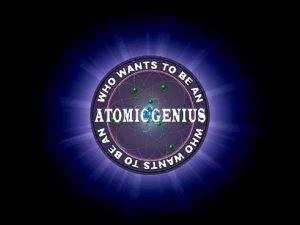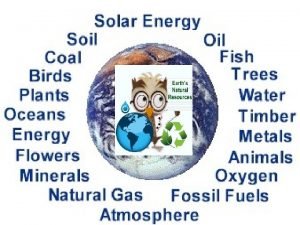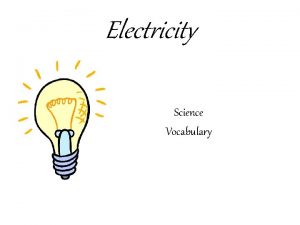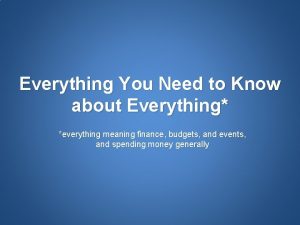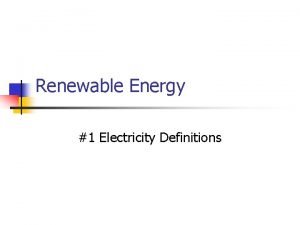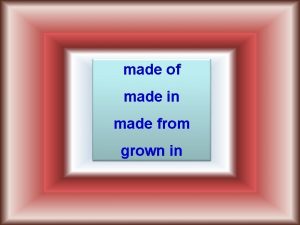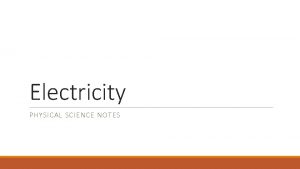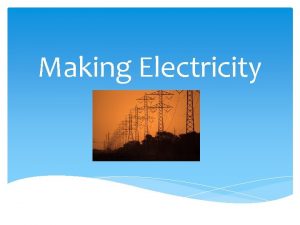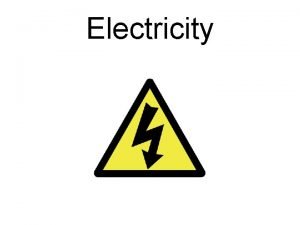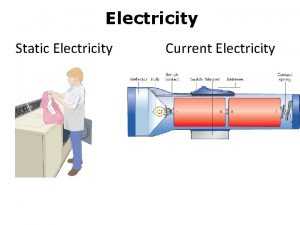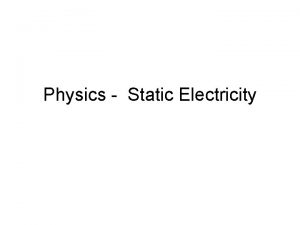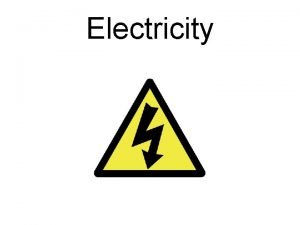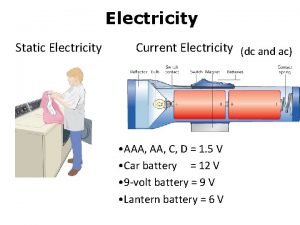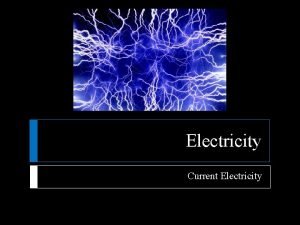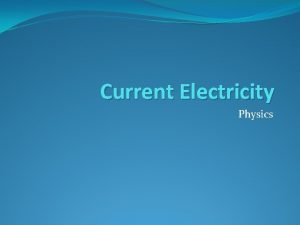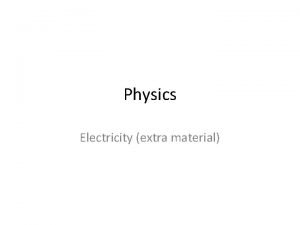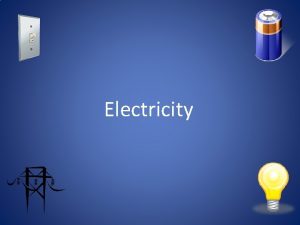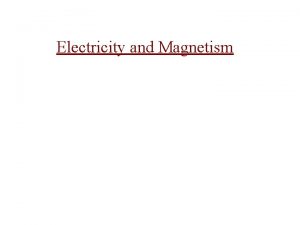Electricity Electricity Everything in the world is made
























- Slides: 24

Electricity

Electricity Everything in the world is made up of atoms. Each atom has smaller parts in it. One of those parts is called electrons. Electrons can move from atom to atom. When an electron moves to a different atom, it causes another electron to have to move. When electrons move quickly from one atom to another is it called

Inside an atom, electrons have a negative charge and protons have a A charge is a positive charge. measure of the These extra positive or negative particles that an attract each object has.

Electricity occurs in 2 different forms Static • Is stationary E. g. Brush your hair Wool socks in tumble drier Current • Flows around circuit E. g. turn on light Walkman

Static Electricity Static electricity is the charge that stays on an object. Unlike charges attract each other, and like charges repel

The steady flow of electricity is called an electric current. A current will move along a wire or a path called a circuit.


Any circuit which is not complete is considered an open circuit. A complete circuit which is not performing any actual work can still be a closed circuit. For example, a circuit connected to a dead battery may not perform any work, but it is still a closed circuit. A circuit is considered to be closed when electricity flows from an energy source to the desired endpoint of the circuit. The open status of the circuit doesn't depend on how it became unclosed, so circuits which are manually disconnected and circuits which have blown fuses, faulty wiring or missing components are all considered open circuits.

Open circuit Closed circuit

Circuits • A series • A parallel circuit is a circuit has circuit that more than has only one path for current to the current. travel.

SERIES CIRCUIT • Has a single loop for electrons to travel round • Components are connected one after another • Current has to travel through all components • Current is the same at all points • Voltage is shared between

PARALLEL CIRCUIT • Has two or more paths for electrons to flow down • Current is shared between the branches • Sum of the current in each branch = total current • Voltage loss is the same across all components


SUMMARY In Series Current Voltage Always the same Voltage from source = voltage used Voltage is shared between power users In Parallel The branches share electrons and add to the total Voltage is the same in all branches

• Lights in our homes are wired in parallel circuits.

ELECTRICITY • Electricity is forced around a circuit by an electrical force field • Flow of electricity around a circuit is called CURRENT • Current measured in amps • Voltage – Increase or decrease in the amount of electrical energy carried by the current.

CURRENT Current is the flow of electrons around a circuit • DC = direct current like battery • Electrons flow in one direction • AC = Alternating current like mains • Electron flow changes direction

Definition of AC • AC stands for "alternating current. " The polarity of the electric charge switches from positive to negative, or alternates, at a fixed rate. For typical household current in the United States, the alternation rate is 60 cycles per second.

Definition of DC • DC stands for "direct current. " The polarity of the electric charge does not switch back and forth. This is why one end of a battery is positive, and the other end is negative. Current flows from the negative end of the battery, through the device being operated and back to the battery at the positive end.

VOLTAGE Gain or loss of energy as it passes through a component • Voltage lost = voltage gained • In series voltage loss is shared between components • In parallel voltage loss is the same across all components

Conductor • A conductor is a material that current can pass through

Resistor • A resistor is a material that resists, but doesn’t stop the flow of current.

Insulator • An insulator is a material that current cannot pass through easily, like plastic.

Electric Cell • An electric cell supplies energy to move charges through a circuit, like a battery.
 Everything around us is made up of matter
Everything around us is made up of matter God looked at everything he had made
God looked at everything he had made Everything that surrounds us is made up of
Everything that surrounds us is made up of Everything around you is made up of
Everything around you is made up of What is everything made of
What is everything made of God saw everything he made and it was good
God saw everything he made and it was good What is it
What is it Static electricity and current electricity
Static electricity and current electricity Current electricity gif
Current electricity gif Magnetism vocabulary
Magnetism vocabulary Who invented electricity
Who invented electricity Where does electricity come from
Where does electricity come from Hát kết hợp bộ gõ cơ thể
Hát kết hợp bộ gõ cơ thể Lp html
Lp html Bổ thể
Bổ thể Tỉ lệ cơ thể trẻ em
Tỉ lệ cơ thể trẻ em Gấu đi như thế nào
Gấu đi như thế nào Tư thế worm breton
Tư thế worm breton Chúa yêu trần thế
Chúa yêu trần thế Môn thể thao bắt đầu bằng từ chạy
Môn thể thao bắt đầu bằng từ chạy Thế nào là hệ số cao nhất
Thế nào là hệ số cao nhất Các châu lục và đại dương trên thế giới
Các châu lục và đại dương trên thế giới Cong thức tính động năng
Cong thức tính động năng Trời xanh đây là của chúng ta thể thơ
Trời xanh đây là của chúng ta thể thơ Mật thư tọa độ 5x5
Mật thư tọa độ 5x5




